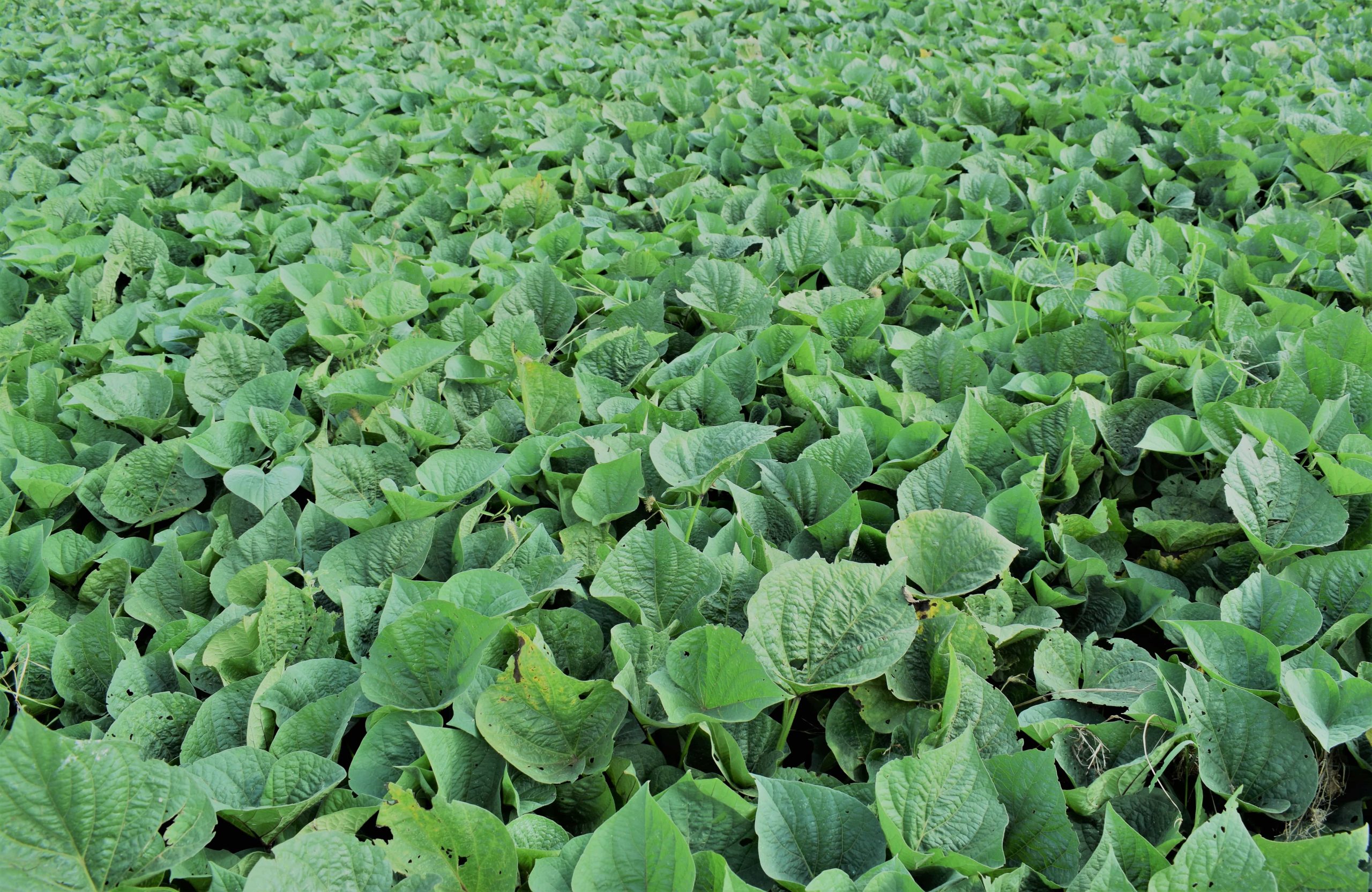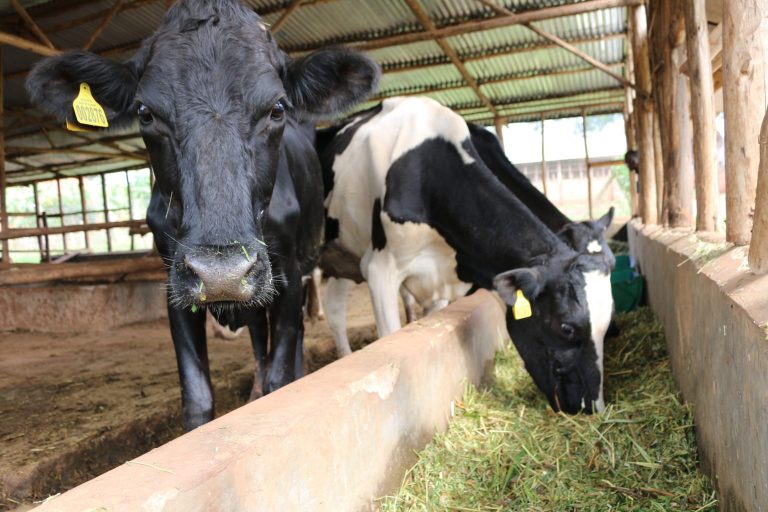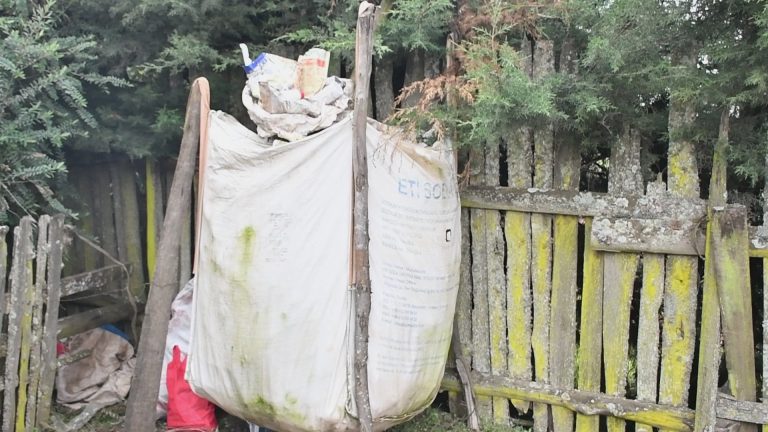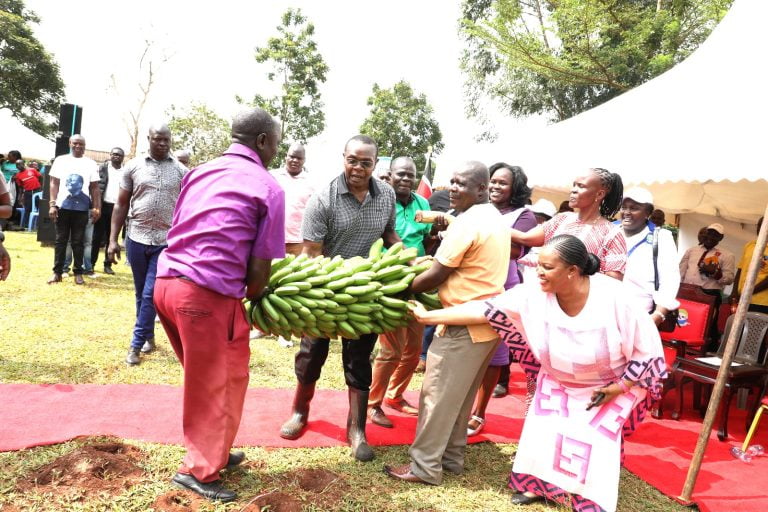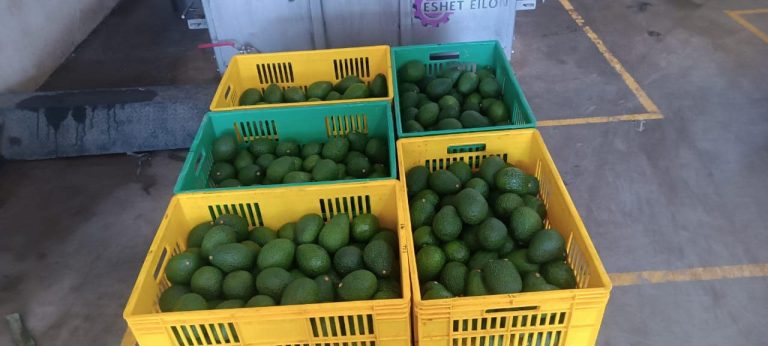Sweet potato silage is not common because it is largely unknown. Just like silage made from other materials, it is good during the dry season to maintain milk and meat production.
According to the International Potato Centre, (known by its Spanish acronym CIP) made sweet potato silage is a wholesome and nutritious feed for all classes of cattle and pigs. Its protein content and digestibility makes it an excellent complement to grass feeds.
CIP has conducted a study on the best method of making sweet potato silage since there is a challenge. The biggest challenge that farmers face when making sweet potato silage is how to control the high moisture content in the sweet potato vines. Vines are wilted prior to making silage to remove excess moisture but CIP says many farmers have found it difficult to wilt sufficiently large volumes of vines which often results in spoilage during the silage making process. The spoilage is due to excess water accumulating at the bottom of the silage container.
The silage is made by fermenting chopped vines and roots of non-commercial value in the absence of air and can be stored for up to a year. It can be made with only chopped vines or combined chopped vines with roots (at a ratio of 70:30) or with a grass like napier. The use of a ferment starter, like molasses, improves the process of fermentation and nutrient content.
The leaflet below by CIP shows a step by step method of preparing sweet potato silage and an innovative way of enhancing compaction and draining excess effluent (liquid waste) from the tube silo method of producing silage.
Download it here.


